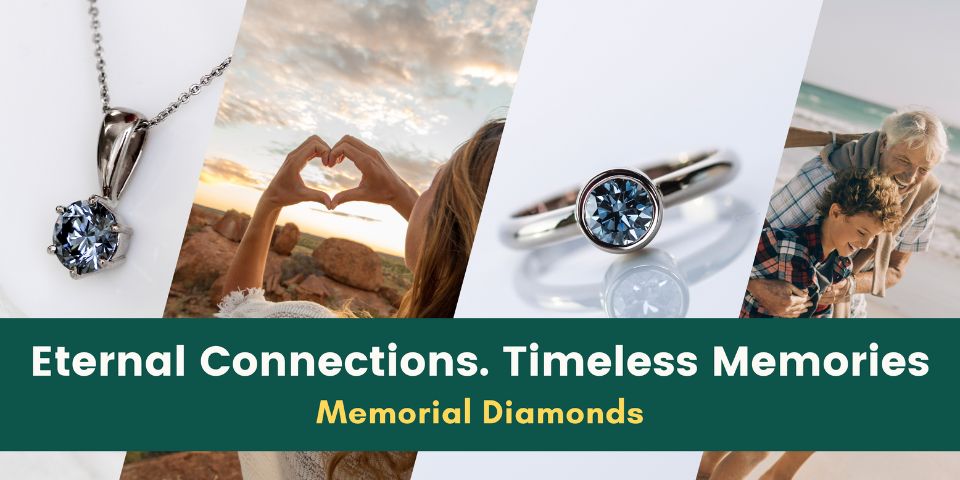At first glance, a newly discovered diamond appears unremarkable. It’s just a clear pebble or a rough crystal that’s been scarred from its journey deep within the earth’s crust. Or even an angular rough lab-grown diamond. However, a diamond cutter’s art is what brings out the diamond’s true potential. There are so many diamond cuts but the most popular diamond shapes are round (brilliant), princess, cushion, radiant Asscher and emerald.
By using centuries-old technologies, the diamond is transformed from a rough stone to a sparkling gem that you can proudly wear on your finger. The journey of a diamond is far more intricate than most people realize, and it takes the skill of an expert to reveal its brilliance, fire, and scintillation.
Our guide will cover everything from classic round diamond cuts to unique and modern shapes, as well as the complex techniques used to cut and shape these precious stones. We also have a list of popular diamond shapes for you to refer to.
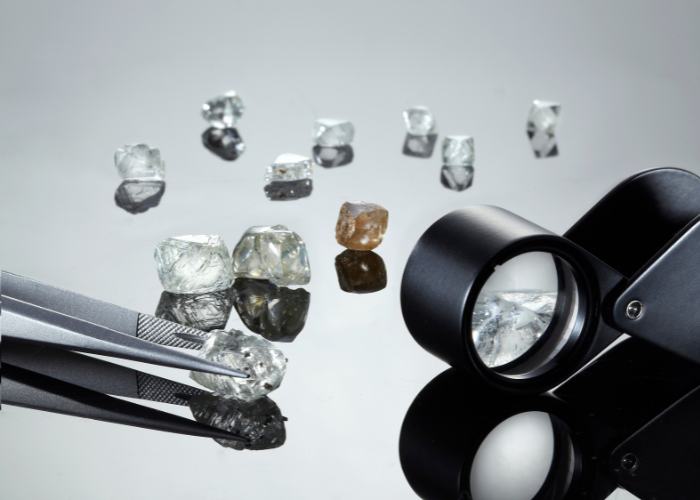
Diamond Cutting Process
It is highly likely that the diamond cuts you want has come from either of these countries: India, Israel, Belgium and China. These countries have remained at the forefront of diamond production.
Diamond cutters rely on four fundamental techniques to achieve the optimal shape and appearance of the gemstone. Let’s take a look at these processes.
Bruting
When it comes to diamond cutting, one crucial step is bruiting, also referred to as girdling. This process involves transforming diamonds into round pieces that will undergo further polishing and shaping. To achieve this, skilled cutters place two cleaved stones on opposite sides of a spinning axle, also known as a lathe.
The diamonds are then rotated in opposite directions, grinding against each other with each revolution. This grinding action gradually smoothens out the diamond’s rough edges and contours, resulting in the desired rounded shape.
Bruiters utilize their honed expertise and precision to shape diamonds precisely, giving them the right proportions to enhance their beauty and brilliance. With the right angle and symmetry, the diamond will reflect light in the most attractive way possible, making it a true gem to behold. This is how Bruting is a crucial process in diamond cutting, playing a critical role in ensuring that the final product is of the highest quality.
Polishing
Once the diamond has been bruted, skilled craftsmen will move on to the delicate task of forming its facets. They do this using a specialized diamond polishing wheel, which is able to smooth the stone into the perfect shape and create the highly reflective surfaces that we admire so much.
During this stage of the process, a coarse diamond powder is used to achieve the diamond’s final polished appearance. This powder is carefully applied to the polishing wheel, allowing it to buff away any imperfections on the stone’s surface. The specialist will take their time during this stage, ensuring that each facet is formed to perfection.
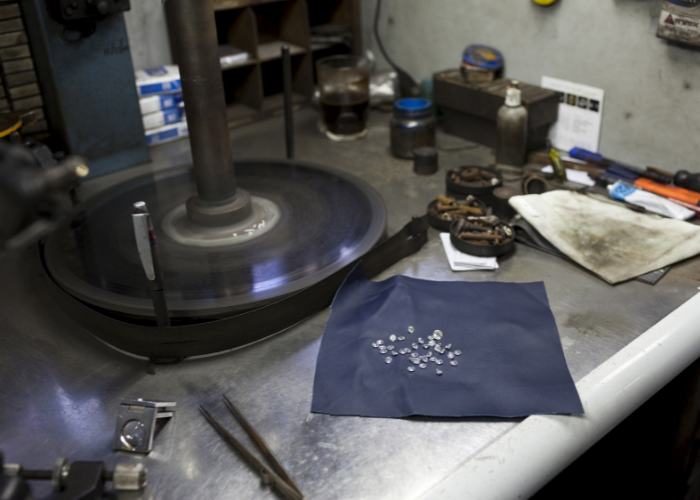
Cleaving / Sawing
Some people may think that cutting diamonds is very simple and just involves a single blow from a chisel and hammer, the reality is much more intricate. Cleaving a diamond requires precise knowledge of the crystal’s grain, as a well-placed blow can break the diamond between the planes of the crystal.
However, cutting against the grain is extremely challenging. To achieve this, cutters use a circular saw with diamond dust for hours on end, or more recently, a laser which can quickly burn through the diamond. These methods have been developed and perfected over centuries of diamond cutting, resulting in the breathtaking gems we see today.
Popular Diamond Shapes
There are no definitive popular diamond shapes that are universally considered the “right” choice. Certain cuts may be more suitable for particular purposes. Nonetheless, several diamond shapes are widely recognized and sought after.
Let’s take a look at some of the most popular diamond shapes and explore these beautiful diamond cuts.
Asscher Cut Diamonds
We start off our list of popular diamond shapes with the Asscher cut diamonds. Asscher-cut diamonds are always square or octagonal which gives them a distinctive appearance that appeals to those who are looking for something a little different.
Like emerald cuts, Asscher cuts typically have large facets that can showcase the diamond’s clarity. The quality of an Asscher-cut can vary. If the stone is of lower quality, the large facets of the cut may reveal inclusions or other imperfections.
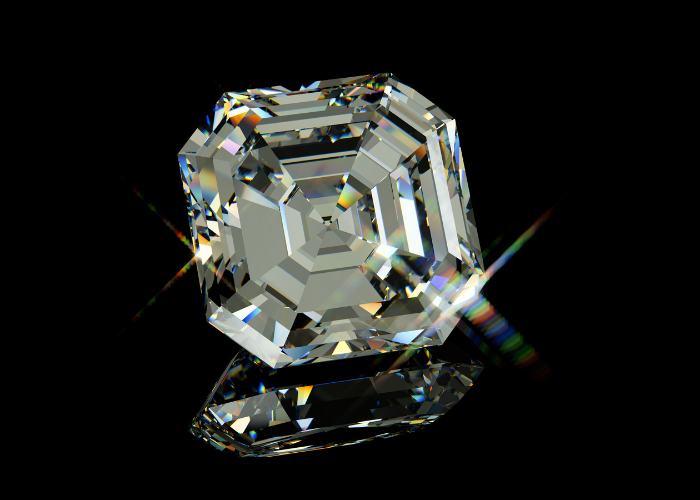
Radiant Cut Diamonds
The radiant-cut diamond is a unique and stunning choice for those seeking a combination of the clean lines of an emerald cut and the dazzling brilliance of a round diamond.
Radiant-cut diamond has trimmed corners and this gives it dramatic detail which set it apart from other diamond cuts and adds to its overall beauty. When combined with other diamond cuts, the radiant-cut diamond creates a stunning contrast and adds depth to any piece of jewelry.
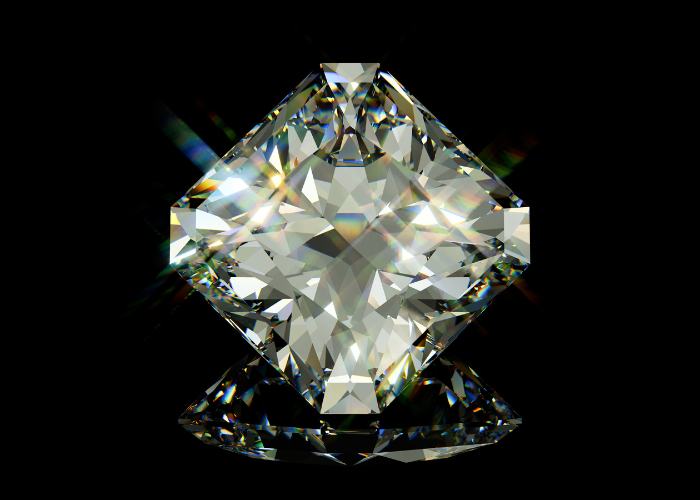
Oval-Cut Diamonds
Oval diamonds are often used as center stones in solitaires or rings, especially when the carat size is larger. They offer a unique elongated shape, similar to the pear cut diamond but with a smooth, curved edge.
You will be amazed by its ability to create the illusion of a larger size. Due to its elongated shape, an oval diamond can appear bigger than a round diamond of the same carat weight. These diamonds are versatile and can be paired with a range of styles

Pear Cut Diamonds
Moving down our list of popular diamond shapes, we reach Pear cut diamonds. With their unique shape resembling a drop of water, pear cut diamonds are a true testament to the art of diamond cutting.
Cutting pear cut diamonds on the other hand can be a challenging task. Not every diamond cutter can successfully execute this difficult cut, which is what makes well-cut pear cut diamonds so special.
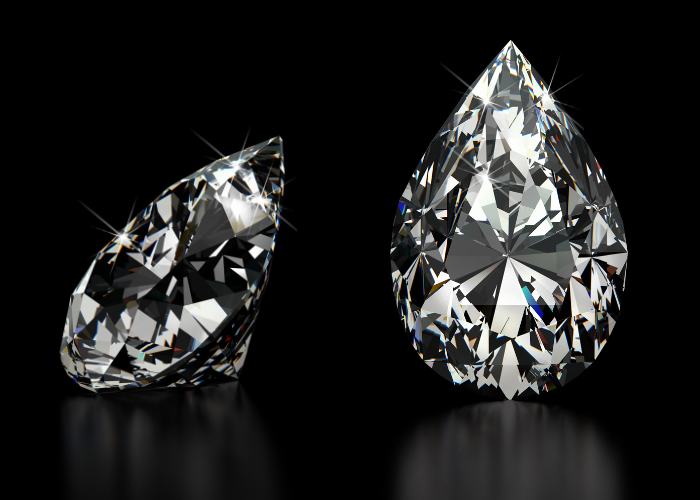
Marquise Cut Diamonds
The marquise cut diamond is famous for its narrow and elongated shape. It gives the marquise cut diamond an appearance of larger size than its one due to its modified brilliant design.
Similar to the emerald cut diamond, the marquise-cut diamond creates an illusion of longer and slimmer fingers and hands for the wearer. The diamond has a staggering 58 facets, which add to its beauty.
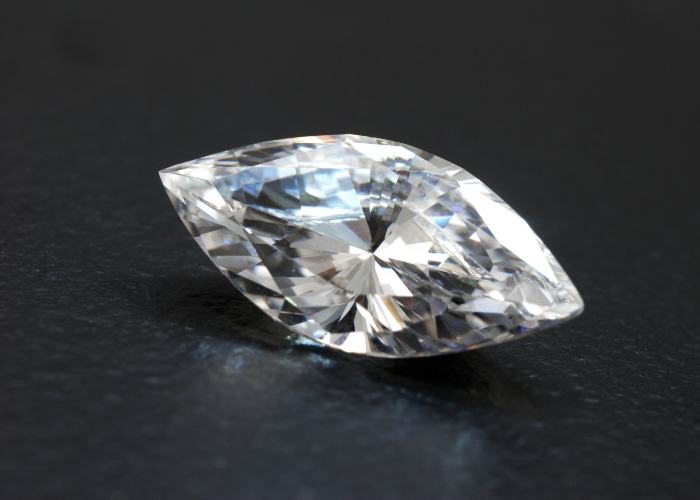
Cushion Cut Diamonds
Next on our list of popular diamond shapes is the Cushion cut diamond. While they share a square or rectangular shape with princess cuts, cushion cuts have rounded corners. This cut has become increasingly popular among modern designs due to its versatility, with length/width ratios ranging from perfectly square to rectangular elongated cuts to cater to different preferences.
Cushion cuts boast larger facets and rounded corners, which provide more fire and rainbow-colored flashes of light compared to other cuts. When paired with the right details, cushion cuts can also exude a vintage vibe. Finding your perfect cushion cut diamond has never been easier with its growing popularity in the market.

Princess Cut Diamonds
The princess cut diamond is a beautiful and versatile diamond shape that has become increasingly popular in recent years. Unlike the round cut, which has standardized proportions, the princess cut allows for a range of variations, making it a unique choice for buyers who want a personalized look.
With its square or rectangular profile and pointed corners, this shape creates a dazzling sparkle that is sure to catch the eye. While princess-cut diamonds are usually more affordable than round diamonds of the same carat weight, they may be more susceptible to damage due to their sharp corners.
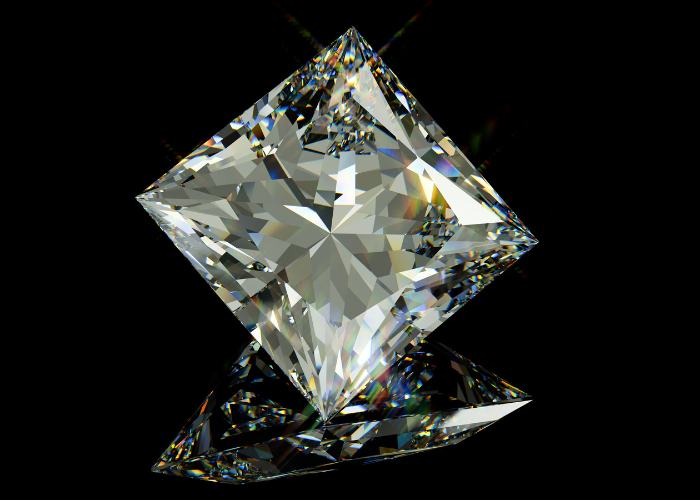
Round Cut Diamonds
Round-cut diamonds have been a favourite choice of gemstone to make engagement rings because of their symmetry and brilliance. The round-cut diamond has 57 or 58 facets, which gives it an exceptional sparkle and fire. This cut maximizes the diamond’s brilliance and fire, making it a versatile choice for different styles of jewelry.
A round-cut diamond is an excellent heirloom in the making, crafted to be passed down for generations. The round shape tends to make the diamond appear larger than other shapes of the same carat weight. For those looking for a classic and timeless engagement ring, a round-cut diamond is an excellent choice.
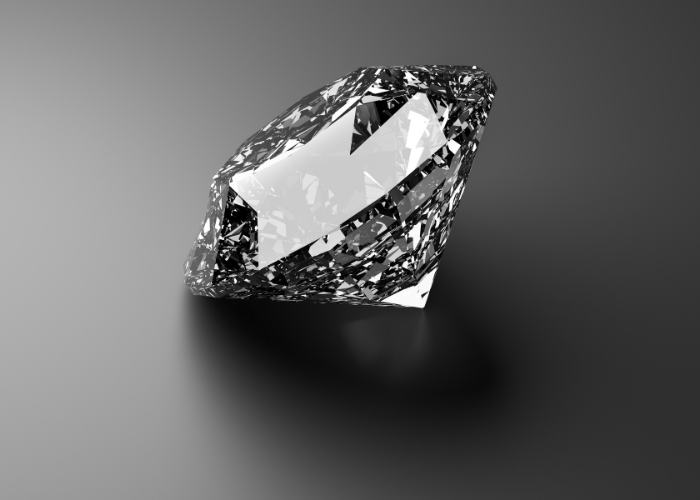
Emerald Cut Diamonds
Coming towards the end of our list of popular diamond shapes, we have emerald-cut diamonds. When it comes to diamond cuts, the emerald cut is instantly recognizable due to its unique features. Its rectangular shape with trimmed corners is an outstanding characteristic, and the step-cut facets create a geometric “hall of mirrors” effect.
These rectangular facets are the only ones that define the cut, giving you the freedom to choose individual proportions and qualities that you love. The elongated shape of the emerald-cut diamond not only makes it exceptionally brilliant and reflective, but it also tends to make fingers look longer and more slender.
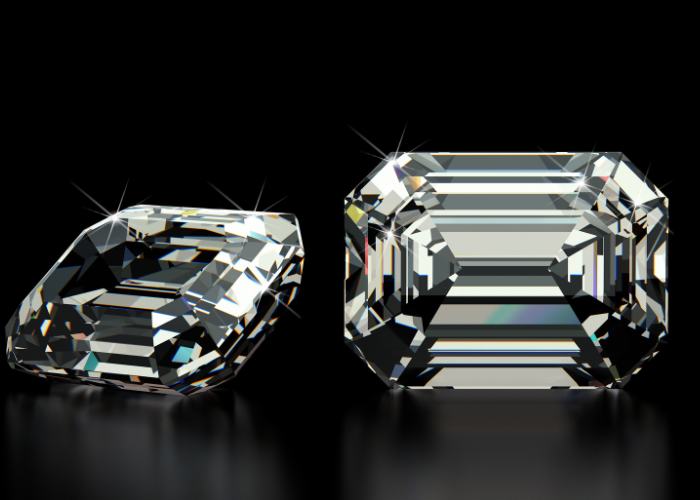
How to Choose the Right Diamond Shape?
Buying a diamond can be an overwhelming experience given the plethora of shapes and cuts available. Any diamond that you choose should, (ideally speaking) reflect your personal preferences, as it will be unique to you.
To make the process easier, it is recommended that you speak with reputable sellers who can provide valuable advice on diamond shapes, colors, cuts, and settings that would suit your needs best.
Choosing the right diamond shape involves taking into account several factors such as personal preferences, lifestyle, and budget. While the round brilliant is the most popular shape due to its maximum fire and brilliance, it, in some cases, also can be the most expensive. Other popular shapes include the princess, cushion, oval, and pear. Pick a diamond shape that fits your finger size and shape.
For a classic solitaire setting, a round or princess cut diamond is the ideal choice, whereas a cushion or oval cut diamond looks stunning in a halo setting. The wearer’s lifestyle should also be considered as a more active lifestyle may require a less delicate shape, such as a round or princess cut with fewer facets.
Memorial diamond cuts
Choosing a diamond cut is an especially important decision when creating a memorial diamond. The diamond itself represents so much more than just a piece of beautiful jewelry, so it is an important decision to make. Sometimes the decision is made by thinking about what the lost loved one would have wanted or what was their favorite diamond shape.
Before choosing the best diamond cut for you, it is also important to consider what kind of setting you will choose. Will it be in a ring, necklace, pendant, or even bracelet or earrings.
Setting a budget helps in narrowing down the options as certain diamond shapes can be different in price comparing carat weight. Ultimately, the right diamond shape is a personal choice that should reflect your style and personality. We hope this guide helps you in finding a diamond that you’ll treasure for years to come.


